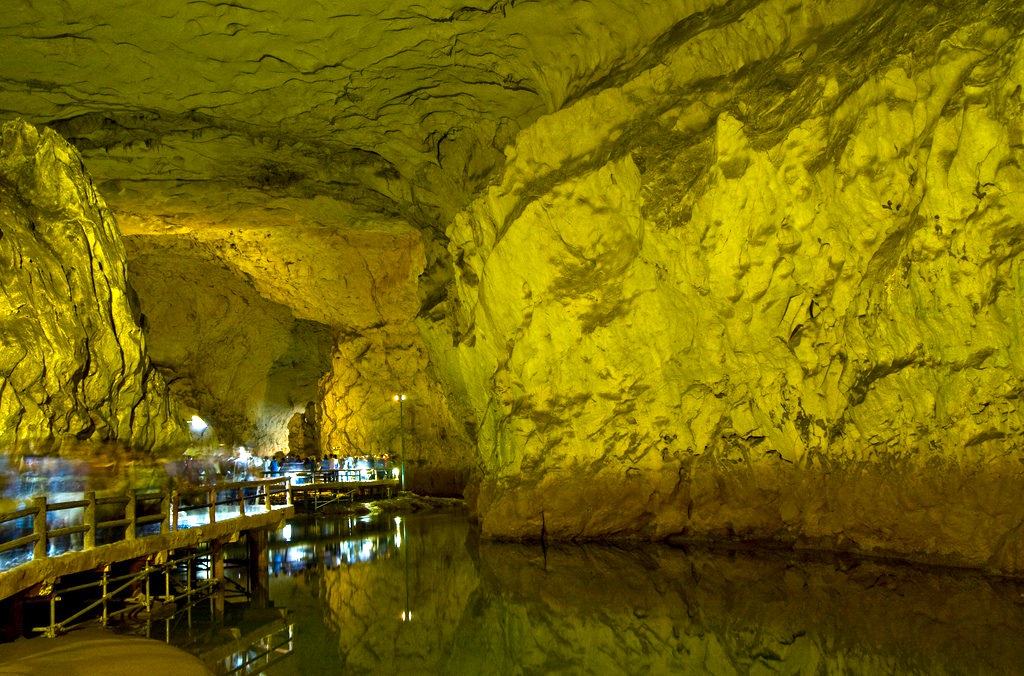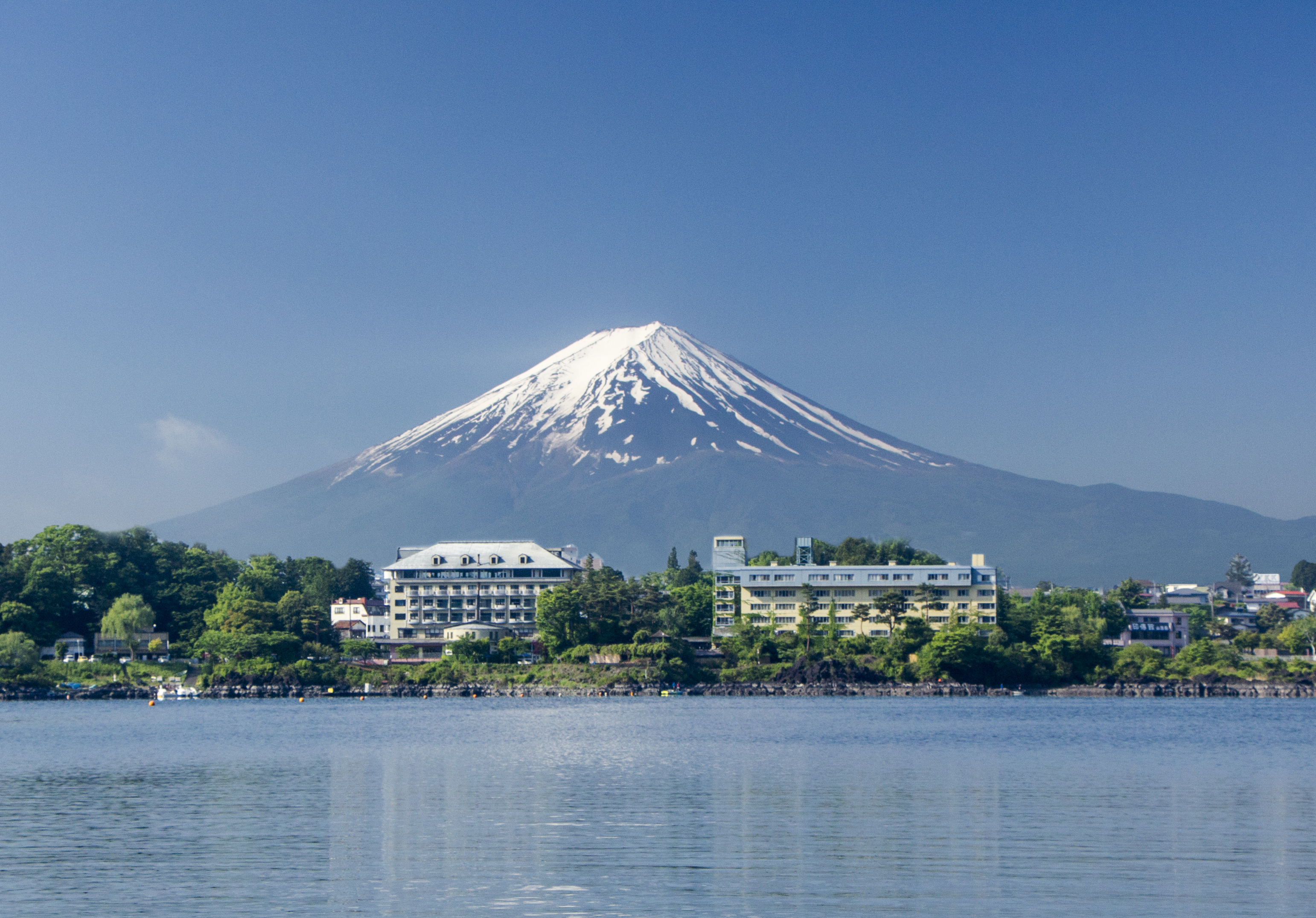Golden Week Escapade
Each year, Japanese always look forward to a long holiday week called “Golden Week.” Travel and different festivities mostly begin a day or two before the holidays or sometimes months before the holidays. This is always the case when the holidays are part of a long weekend.
If you and your friends or family are planning to take a trip, consider the following tips to make your Golden Week vacation more pleasant and enjoyable:
- Early reservations – most travelers make their Golden Week plans three to six months in advance.
- Extra time – allow extra time to accommodate any delays.
- Enjoy local – take a walk and enjoy roadside gardens. Discover restaurants known only to the locals. Consider it an adventure and more relaxing time.
Various festivals are celebrated in nearly every city in Japan. Events like flower viewing, watching historical parades, or cultural celebrations. Tokyo is known for being populated, you may find that many of its residents go somewhere else to temporarily avoid the hustling and bustling sound of the city and enjoy the calmness of nature in a different perspective. Most of the time, weather is typically mild during Golden Week and this is the perfect time for outdoor activities.
1. Akiyoshido Cave (Yamaguchi)
Mine City in Yamaguchi Prefecture is home to Akiyoshidai, the plateau with the highest concentration of karst formations in Japan, and Akiyoshido. Karst is a landscape underlain by limestone that has been eroded by dissolution, producing ridges, towers, fissures, sinkholes, and other characteristic landforms. This is the nation’s largest and longest limestone cave.

Address: 3506-2 Akiyoshi, Shuho Town, Mine City, Yamaguchi Prefecture
Access: 45 min by bus from JR Shin-Yamaguchi Sta. to “Akiyoshido Cave”
Business Hours: 8:30 am – 4:30 pm
Admission: General admission 1,200 yen (high school and older); students 950 yen (junior high), 600 yen (elementary)
Contact Number: 0837-62-0018
Website: http://english.karusuto.com/html/tourism/akiyoshido.html
2. Fuji Lake Hotel
At the foot of Mt. Fuji, you will find Lake Kawaguchiko where accommodations are great. The rich heritage dating back 1930s, there is Fuji Lake Hotel.
The surrounding scenery changes with the seasons providing four beautiful and distinct background settings that you will enjoy. Rooms with spectacular views of Lake Kawaguchiko, beautiful Mt. Fuji and with relaxing private hot spring bathtubs for your own private use.

Address: Funatsu Fujikawaguchiko-machi Minamitsuru-gun, Yamanashi-ken 401-0301.
Contact Number: +81 (555) 72-2209 (8:00 to 20:00)
Website: https://www.fujilake.co.jp/english/
3. Showa Kinen Park
Showa Memorial Park is very popular in spring and autumn in particular for its verdant spring greenery, poppies, tulips and cherry blossom and, towards year end, rich fall colors. Showa Memorial Park requires a full day to relax and enjoy. Getting around on foot is possible but involves walking kilometers. Take advantage of the park’s bicycle hire and extensive cycling trails, or use the regular in-park “road-train”service.
Hours and admission: March 1 to October 31: 9:30 – 17:00, November 1 to end of February: 9:30 – 16:30
Adults (15 – 64 years): 410 yen, Seniors (65 years and over): 210 yen, Children (6 – 14 years): 80 yen, Infants (0 – 5 years): Free
Address: Midoricho 3173, Tachikawa-shi 190-8558
Contact Number: 042-524-1516
Website: http://www.showakinen-koen.jp/guide-english/schedule-english/
FREE ADMISSION ON MAY 4TH (GREENERY DAY)
Emperor Showa loved plants and flowers. Therefore, many parks in Tokyo offers free admission on May 4th to observe the Greenery Day. It is your chance to relax and unwind at the following places for free.
* Yumenoshima Tropical Greenhouse Dome
Enjoy the exotic scenery created by the wide variety of tropical plants in the large greenhouse. Learn about the plants and the tropics in the movie theater, information gallery, and exhibition hall. Guided tours are offered on Saturdays, Sundays, national holidays, and during long vacations. Enjoy a fun tour while learning in detail about the plants in the greenhouse.
Admission fees:
Individuals – Standard: 250yen, seniors (aged 65 or over): 120yen, junior high school students: 100 yen
Groups – Standard: 200 yen, seniors (aged 65 or over): 90yen, junior high school students: 80 yen
Annual passport – Standard: 1000 yen, seniors (aged 65 or over): 480 yen
Free admission for children (elementary school students and younger) and for junior high students who live in Tokyo or students who attend school in Tokyo. Group rates apply to groups of 20 or more paying customers.
Website: http://www.yumenoshima.jp/index.html
* Tokyo Sea Life Park
Tokyo Sea Life Park captures visitors with a huge glass dome, displaying rare marine life collected from the Pacific, Indian Ocean, Atlantic, Arctic and Antarctic.
Also, the aquarium has a display of duplicated freshwater life that existed in Tokyo when it was rich with nature. Motsugo Psedorasbora parva fish, which are rarely seen in Tokyo nowadays, are in some ponds and marshes.
*The admission is free on October 10 (The aquarium’s Anniversary Day) and October 1 (Tokyo Citizens’ Day).
Contact Number: 03-3869-5152
http://www.tokyo-zoo.net/english/kasai/index.html
* Tama Zoological Park
The Tama Zoological Park, which was created to make the best of the topography of the verdant Tama Hills, boasts an area of 50 hectares where you will find animals that are roaming freely, without any cages or fences, so that they can be observed in a state as close to their natural state as possible, but you should always practice caution anytime.
The zoo is packed with a wide range of other attractions whereas kids and adults can interact with small animals like rabbits and guinea pigs at Acorn Plaza.
Contact Number: 042-591-1611
http://www.tokyo-zoo.net/english/tama/index.html
* Inokashira Park Zoo
Inokashira Park Zoo exhibits a variety of Japanese species as well as an Asiatic elephant and tropical birds. It contributes to conservation and breeding of Japanese squirrels, mandarin ducks, and swans.
Contact Number: 0422-46-1100
http://www.tokyo-zoo.net/english/ino/index.html